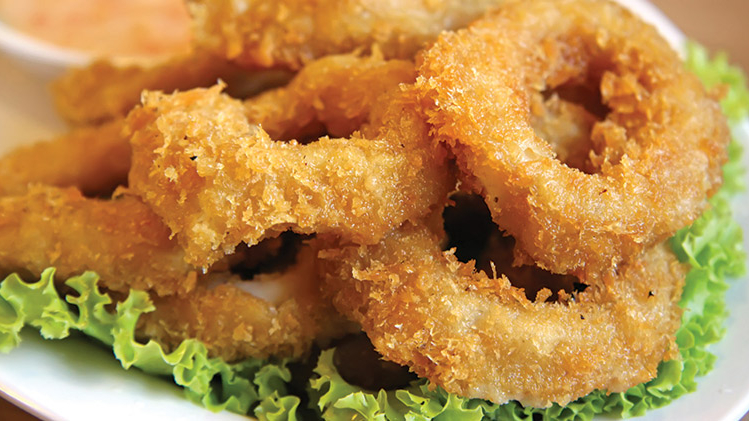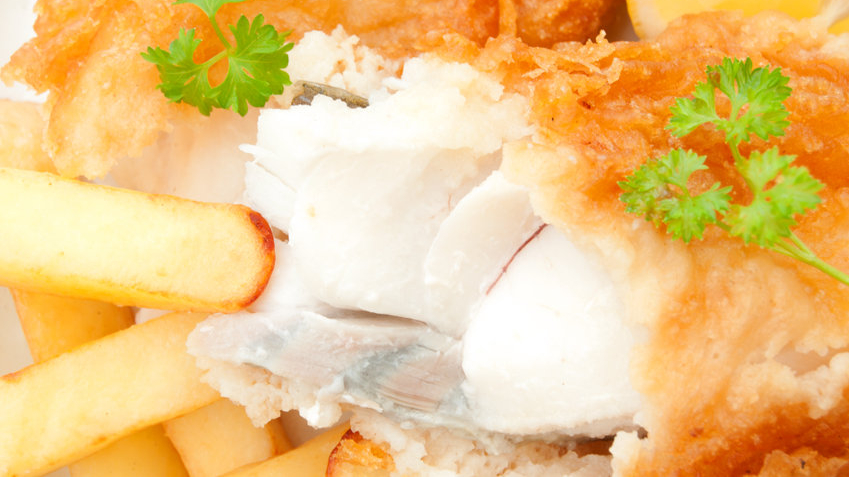Looking for a healthier way to fry products? JBT’s Dry-Fry system offers an innovative, healthier way of frying that maintains a ‘just fried’ taste and appearance, but which can use up to 50% of less oil than deep-frying. The Dry-Fry also lets processors use healthier oils, such as olive oil, whose healthy properties would be lost at high temperatures.
Developed for cooking breaded products, as well as meatballs, plant-based and vegetarian foods, the Dry-Fry gives customers control over oil absorption while eliminating the oil residues and oxidation typically found with deep-frying. This result is healthier food that tastes and looks like the best fried products without the negative health aspects.
“The Dry-Fry system enables you to control the amount of oil being applied to a product, whereas there is no way of doing that if you deep-fry fish, chicken or vegetables,” explains Marcelo Scharlack, JBT’s Europe-based Regional Solutions Manager, who says the oil content is typically half or even less than half that of a conventional fryer.

Domestic growth
The appeal of the Dry-Fry has been boosted by a huge growth in domestic Air Fryers (the commercial description for the same technology when used at home). According to price comparison site Price Runner, sales of air fryers grew by close to 3000% in 2022 compared with the year before.
Bart Kivits, JBT’s Manager for Coating and Cooking Application, says although uptake accelerated during the pandemic, the growth of the market was already ongoing before it began. “A major driver was the low-fat usage,” he explains.
Significant benefits
“Dry-Fry allows you to use oils that are more sensitive to heat and not be worried that the beneficial properties of the oil will be lost when you turn the heat up,” continues Scharlack. “This is because the Dry Fry is able to use oils at room temperature rather than hot oil, which keeps the oil properties intact.”
Dry-Fry, Scharlack explains, also enables processors to easily carry out cleaning after each frying cycle, meaning there is no danger of residue oil being left in the fryer. “You control how much oil is being put in the system, so no excess oil is thrown away,” he says.
In fact, Scharlack argues that the Dry-Fry essentially emulates what consumers do at home when they cook a product in the oven with a small amount of oil. But more than this, he says Dry-Fry also presents processors with an opportunity to benefit from a whole new product niche: fried products that taste good, but with half the fat content.

